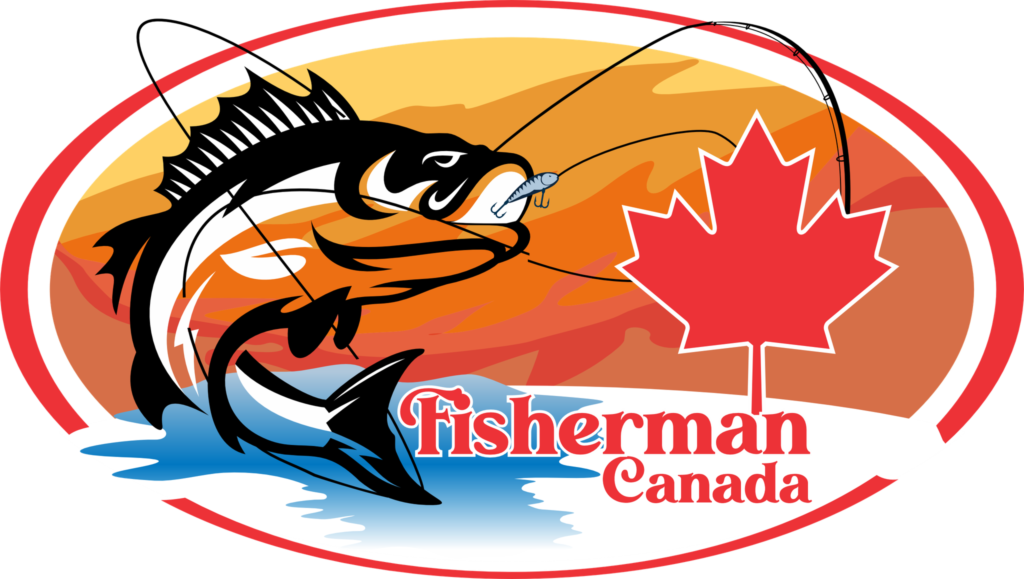Speckled trout, also known as spotted seatrout, are a prized catch among anglers for their challenging nature and delicious taste. These elusive fish are often found in coastal waters, making them a popular target for both novice and experienced anglers alike. In this comprehensive guide, we will explore the various techniques, strategies, and tips to help you successfully catch speckled trout.
Know Your Target (150 words):
Understanding the behavior and habitat of speckled trout is essential before you head out on your fishing adventure. Speckled trout are typically found in shallow coastal waters, including estuaries, bays, and marshes. They are known to be opportunistic feeders, primarily preying on small fish and crustaceans. Researching their preferred feeding locations and habits in your specific area will greatly improve your chances of a successful catch.
Essential Gear (150 words):
Before you hit the water, you need to ensure you have the right equipment. For speckled trout fishing, a medium to medium-light spinning rod and reel combo is ideal. You’ll want to spool your reel with a braided or monofilament line, typically ranging from 10 to 15 pounds in strength. In terms of lures, soft plastics, jigs, and topwater lures are popular choices. Don’t forget essential accessories like a tackle box, pliers, and a landing net.
Time and Tide (150 words):
Timing is crucial in speckled trout fishing. These fish are often more active during specific times of the day, such as dawn and dusk when they feed. Additionally, pay attention to tidal movements, as speckled trout tend to be more active during incoming and outgoing tides. Consult tide charts and local fishing reports to plan your trips accordingly. Patience and observation are key; if you notice birds diving for baitfish, it’s a good sign that speckled trout might be nearby.
Bait and Lures (150 words):
Speckled trout can be caught using a variety of baits and lures. Live bait options include shrimp, mullet, and small pinfish. If you prefer using lures, consider soft plastics like paddle tails or jerkbaits. Experiment with different colors and sizes to determine what works best in your area. Topwater lures are excellent for exciting surface strikes during low-light conditions.
Casting and Retrieval Techniques (150 words):
When casting your bait or lure, aim for areas with structure, such as oyster beds, grassy flats, or submerged rocks. Cast beyond your target and retrieve your bait or lure with a steady motion, occasionally twitching or jerking it to mimic the movements of prey. Be patient and vary your retrieval speed and depth until you find the presentation that triggers a strike.
Hooking and Fighting (100 words):
Once you feel a strike, don’t immediately set the hook. Give the fish a moment to fully take the bait before setting the hook with a firm upward motion. Speckled trout are known for their acrobatic fights, so be prepared for strong runs and jumps. Keep steady pressure on the fish while reeling it in, and avoid jerking or yanking too hard, as this can result in a lost fish.
Handling and Release (100 words):
Practice catch and release whenever possible to preserve speckled trout populations. Use barbless hooks to minimize injury to the fish, and handle them with wet hands or a rubberized landing net to protect their delicate skin. If you choose to keep a few for dinner, ensure they meet local size and bag limits.
Conclusion (100 words):
Catching speckled trout can be a rewarding and thrilling experience. Success in speckled trout fishing requires knowledge of their habits, the right gear, and a bit of patience. By mastering these techniques and respecting local regulations, you can enjoy the thrill of catching these beautiful fish while contributing to their conservation for future generations of anglers. So, grab your gear, hit the water, and embark on an exciting speckled trout fishing adventure!

